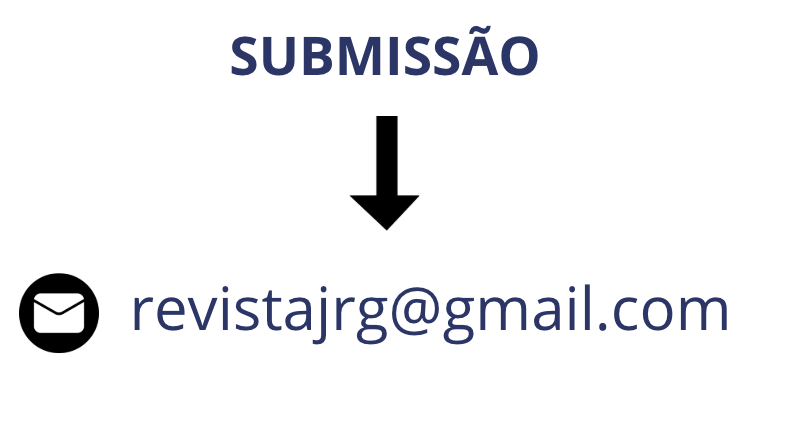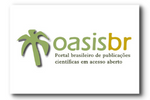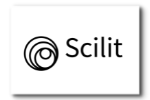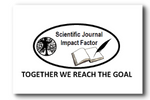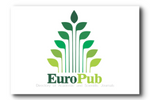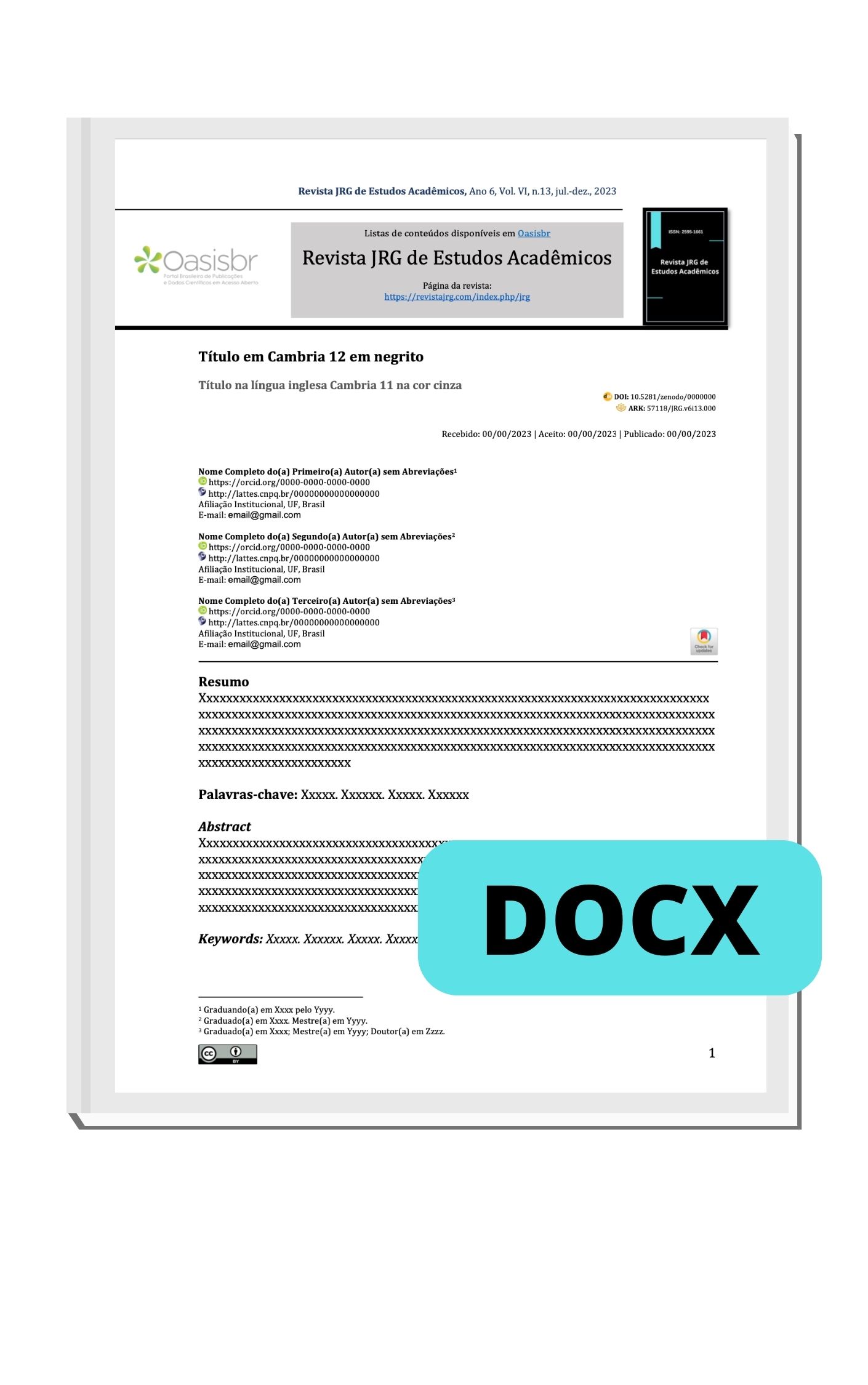Application of natural extracts to inhibit the fungus Penicillium roqueforti
DOI:
https://doi.org/10.55892/jrg.v7i14.1175Keywords:
antifungal activity, natural extracts, P.roqueforti, phenolic compoundsAbstract
The fungus Penicillium roqueforti is widely recognized for its role in the production of Roquefort cheese. Belonging to the genus Penicillium, this fungus is characterized by its blue-green color and is essential in the maturation of blue mold cheeses, contributing to their unique flavor and aroma. However, P. roqueforti can also cause spoilage in other food products, resulting in undesirable changes in their quality. Therefore, it is necessary to develop effective methods to mitigate this problem. The objective of this study was to evaluate the in vitro antifungal activity of ethanolic extracts of yerba mate (Ilex paraguariensis) and rosemary (Rosmarinus officinalis L.) against the fungus P. roqueforti. For this purpose, three concentrations of the extracts (0.3%, 2.5%, and 5%) were added to potato dextrose agar (PDA) and distributed in Petri dishes. After solidification, the fungus was inoculated with a disk of active mycelium. The plates were incubated at 25°C to simulate the development of P. roqueforti. Controls with PDA medium containing ethanol solution were also conducted. The results showed that the rosemary extract at a concentration of 5% reduced the mycelial development of the fungus by 33.4%, while the concentrations of 0.3% and 2.5% did not present any inhibitory effect. On the other hand, the yerba mate extract did not demonstrate antifungal activity at any of the tested concentrations. Despite the yerba mate extract having a higher phenolic compound content (474.59 ± 4.62 µg/mL) compared to the rosemary extract (167.31 ± 3.19 µg/mL), no inhibition of the fungus was observed. This suggests that the inhibitory action of the rosemary extract is not exclusively related to the phenolic compounds, but probably to the combination of other bioactive compounds present in the extract.
Downloads
References
BAI, N., He, K., Roller, M., Lai, C.-S., Shao, X., Pan, M.-H., & Ho, C.-T. (2010). Flavonoids and phenolic compounds from Rosmarinus officinalis. Journal of Agricultural and Food Chemistry, 58, 5363–7. Disponível em https://pubmed-ncbi-nlm-nih-gov.translate.goog/20397728/ Acesso em 18/05/2024.
BAKKALI, F.; AVERBECK, S.; AVERBECK, D.; IDAOMAR, M. Biological
effects of essential oils–a review. Food and Chemical Toxicology, v. 46, n. 2, p. 446-
, 2008.
COSTA, A. T.; AMARAL, M. F. Z.; MARTINS, P. M.; PAULA, J. A.; FIUZA, T.
S.; TRESVENZOL, L. M.; BARA, M. T. Ação do óleo essencial de Syzygium
aromaticum (L.) Merr. & LM Perry sobre as hifas de alguns fungos fitopatogênicos.
Revista Brasileira de Plantas Medicinais, v. 13, n. 2, p. 240-245, 2011.
COSTA, C. P.; FERREIRA, M. C. Preservação de microrganismos: revisão. Revista de Microbiologia, São Paulo, v.22, n. 3, p. 263-268, 1991.
COSTA, Débora Euclydes Mariano et al. Atividade antimicrobiana da erva-mate (ilex paraguariensis) contra microrganismos isolados da carne de frango. 2017. 7 f. Tese (Doutorado) - Curso de Ciência e Tecnologia de Alimentos, Universidade de Brasília, Brasília, 2017.
FARIAS, F. L.; Pires, L. L. S.; Silva Júnior, R. I.; Pavão Júnior, J. M. S.; Rocha, T. J. M.; Santos, A. F. (2018). Antibacterial activity assessment of extract ethanol Bauhinia forficata L. Diversitas Journal, v. 3, n.2, pp. 402–411. https://doi.org/10.17648/diversitas-journal-v3i2.636.
GARCIA, Marcelo Valle. Estudos sobre a deterioração fúngica no segmento de panificação. 2020. 134 f. Tese (Doutorado) - Curso de Ciência e Tecnologia dos Alimentos, Universidade Federal de Santa Maria, Santa Maria, Rs, 2020.
GREEN, L. H. Practical handbook of microbiology. CRC: London, 2 ed. 2008.
MACHADO, T. F.; Bruno, L. M. (2022). Potencial uso de antimicrobianos de plantas na conservação de alimentos. Embrapa Agroindústria Tropical, n. 198, p. 17. https://www.embrapa.br/busca-de-publicacoes/potencial-uso-de-antimicrobianos-de-plantasna-conservacao-de-alimentos Marmitt, D. J.; Rempel, C.; G.
MARTIN JGP, PORTO E, ALENCAR SM De et al. Antimicrobial activity of yerba mate (Ilex paraguariensis St. Hil.) against food pathogens. Rev Argent Microbiol 2013;45(2):93-98. DOI: https://www.doi.org/10.1016/s0325-7541(13)70006-3.
MATOS, Camila Santos et al. Efeito do extrato etanólico de rosmarinus officinalis em isolados clínicos de Malassezia pachydermatis. 2015. 4 f. Universidade Federal de Pelotas, Pelotas, 2015.
METIN, B. Filamentous fungi in cheese production. Microbial Cultures and Enzymes in Dairy Technology, 257-275.10.4018/978-1-5225-5363-2.ch014, 2018.
NGUEFACK, J.; LETH, V.; ZOLLO, A.; MATHUER, S. B. Evaluation of five essential oils from aromatic plants of Cameroon for controlling food spoilage and mycotoxin producing fungi. International Journal of Food Microbiology, v. 94, p. 329-334, 2004.
PEREIRA, Marcelo Cláudio et al. Inibição do desenvolvimento fúngico através da inibição do desenvolvimento fúngico através da utilização de óleos...731 utilização de óleos essenciais de condimentos. 2006. 8 f. Tese (Doutorado) - Curso de Doutorando em Ciência dos Alimentos, Universidade Federal de Lavras/Ufla, Lavras/Mg, 2006.
RODRIGUES, Fernando, Cobertura em queijos. 2017. Disponível em:https://www.queijosnobrasil.com.br/portal/tudo-sobre-queijo/276-cobertura-em-queijos. Acesso em: 13/03/2023.
SILVA, M. C. R. da, & Monteiro, D. V. D. S. . (2021). Atividades antimicrobianas e antifungicas do óleo essencial de alecrim (rosmarinus officinalis l.). Revista Multidisciplinar Em Saúde, 2(2), 53. https://doi.org/10.51161/rems/1210 Acesso em 19/05/2024.
ZULJAN, F. A., P. Mortera, S. H. Alarcón, V. S. Blancato, M. Espariz, and C. Magni. 2016. Lactic acid bacteria decarboxylation reactions in cheese. Int. Dairy J. v.62 p.53-62.
WINK, M. (2022). Current understanding of modes of action of multicomponent bioactive phytochemicals: potential for nutraceuticals and antimicrobials. Annual Review of Food Science and Technology, v. 13, pp. 337-359. https://www.annualreviews.org/doi/pdf/10.1146/annurevfood-052720-100326.




